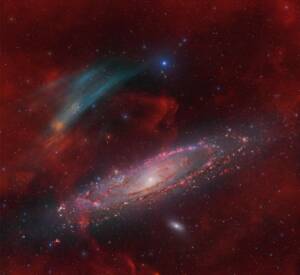
Discovery of the M31 [OIII] emission arc
Recently, a major discovery by an international team of amateur astronomers and scientists has become a huge online hit, and this new discovery is just located in one of the
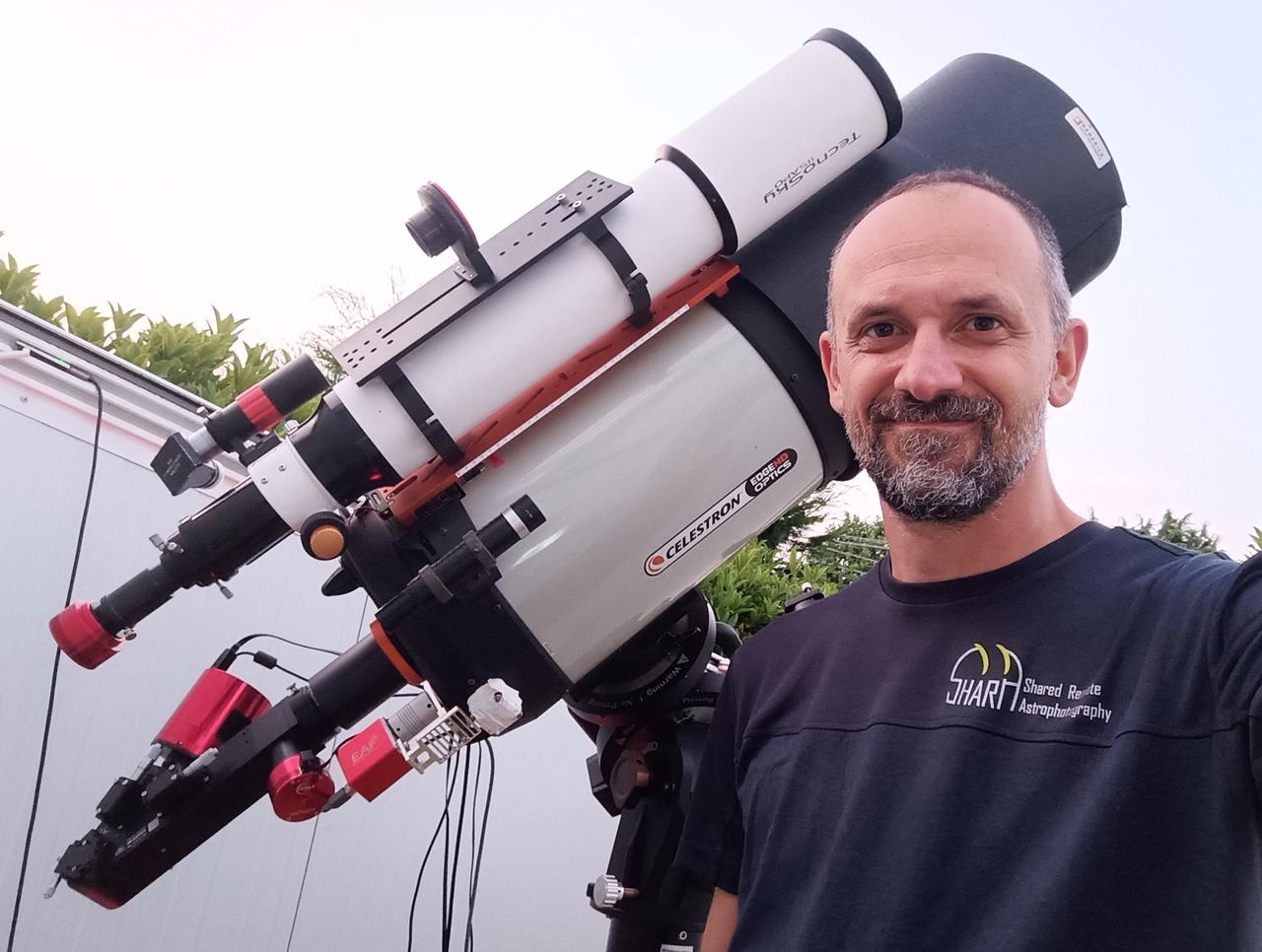
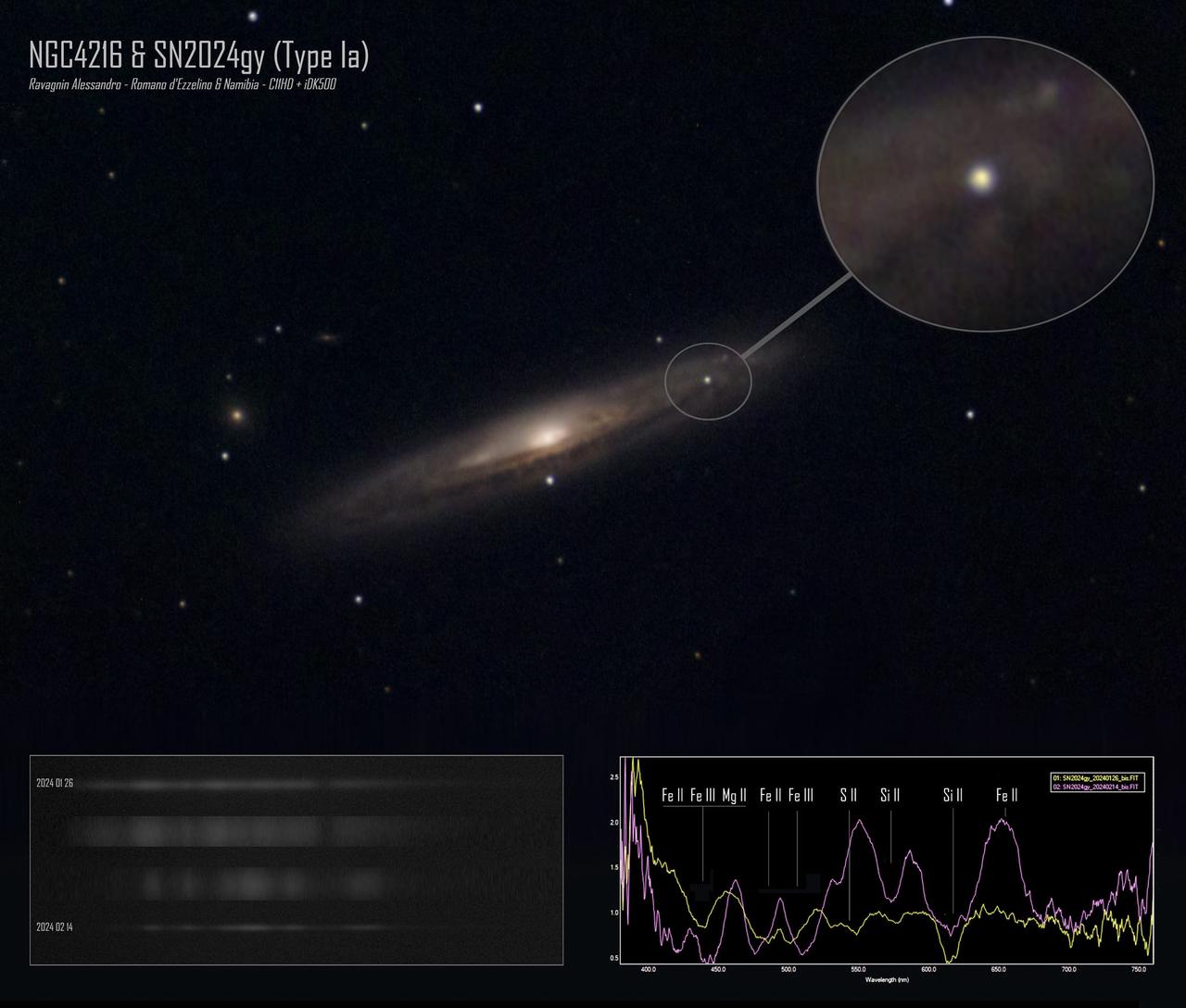
The heart of Alessandro’s imaging journey is his personal observatory, lovingly named ADAM, a combination of the initials of his children, wife, and parents: Andrea/Anna-Rosa, Davide, Alberto/Alfio, Maria. The dome, a fully automated Tecnoshelter 2×2 integrated with his home automation system, houses a versatile and evolving collection of astrophotography gear:
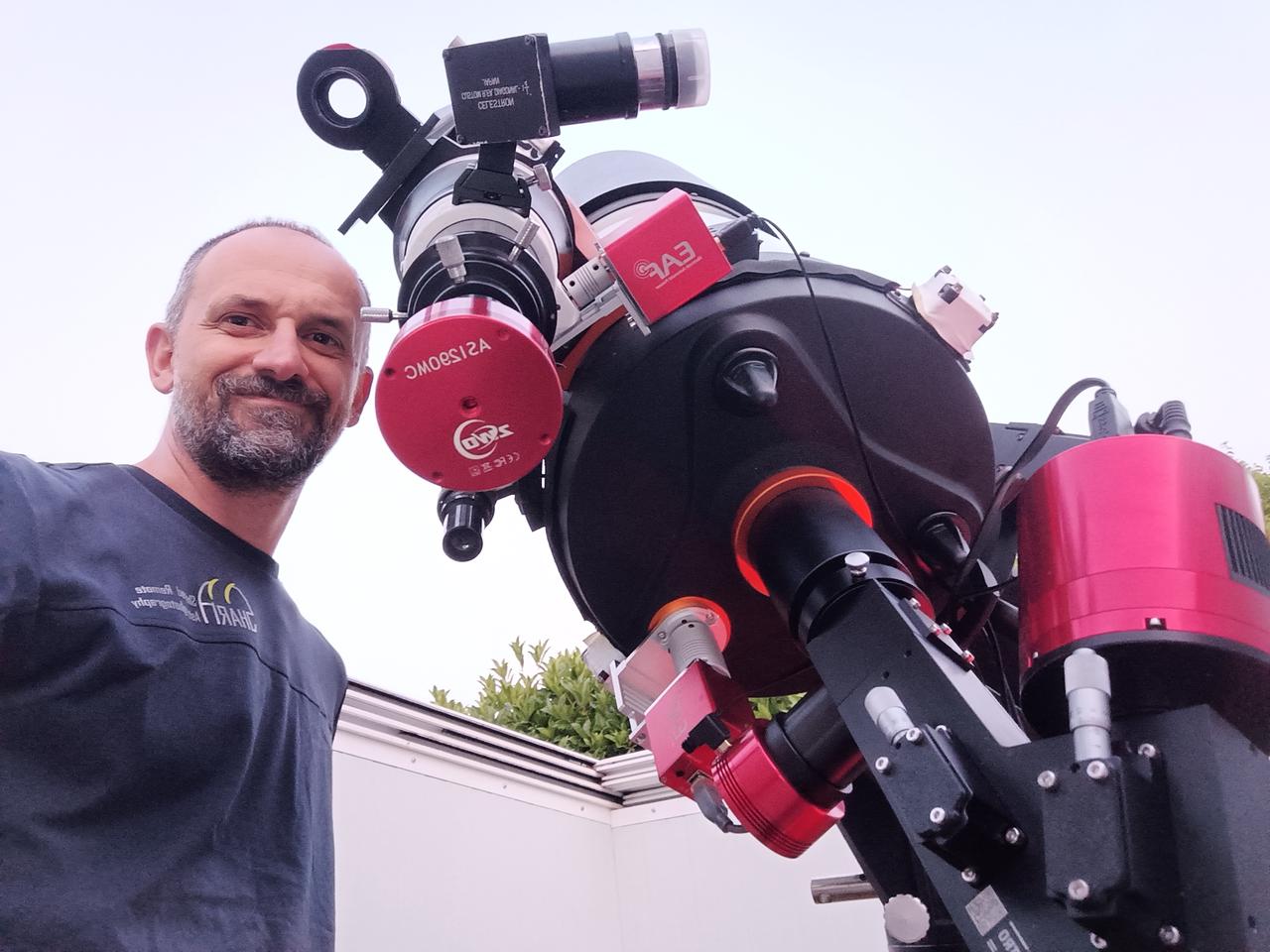
Alessandro hasn’t parted with his vintage orange C8 from the 1980s and also uses a Star Adventurer for mobile imaging sessions.In the past two years, his setup has taken a more scientific turn. He’s added:
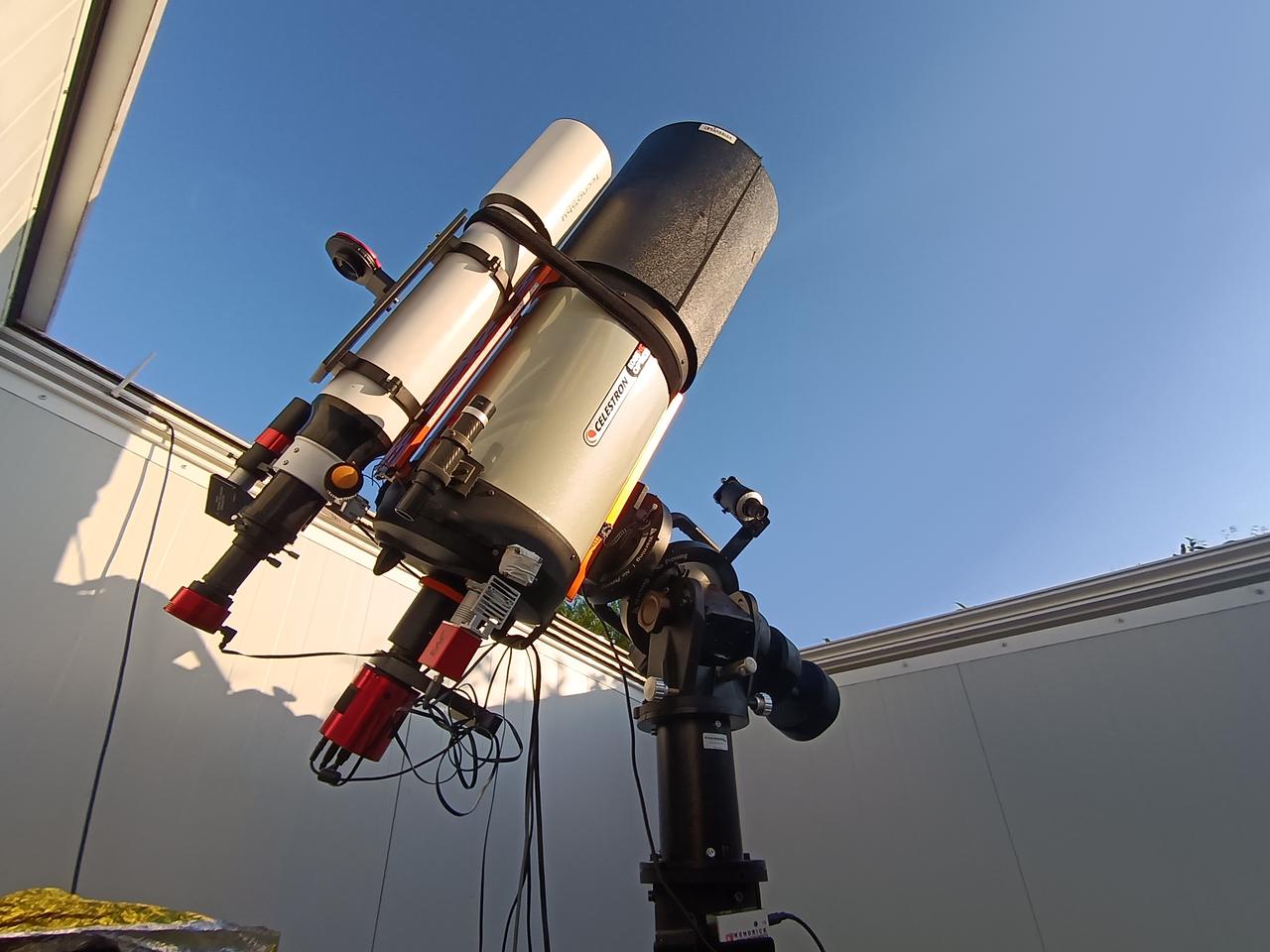
One of Alessandro’s most unforgettable experiences came in 2024, during the peak of the 25th solar cycle. With the Sun high at the meridian and clear summer skies, he captured solar prominences, sunspots, CMEs, and powerful flares.
On May 10, 2024, after dropping off his children at school, he noticed an unusual solar spike from active region AR3664, producing an X3.98-class flare. Using ASI183MM and ASI432MM cameras, he captured the flare’s spectrum, including strong H-delta, H-gamma, and Ca II emissions.
“It was a frantic but synchronized 40-minute session yielding rare, high-value data,” Alessandro recalls.
But the surprises didn’t end there. That evening, as night fell, the sky above his home in northern Italy lit up in a rare display: the aurora borealis — an extraordinary sight at such a southern latitude. For the first time in his life, Alessandro witnessed an aurora from Italy. He swiftly reactivated his spectroscope and managed to capture its spectral signature.
“It was a dream come true,” he says, “two rare solar and terrestrial events in a single unforgettable day.” A few months later, on October 10, the aurora returned for an even more spectacular encore.
Alessandro’s images have earned international acclaim:
Shortlisted three consecutive years for the Astrophotographer of the Year by the Royal Greenwich Museum
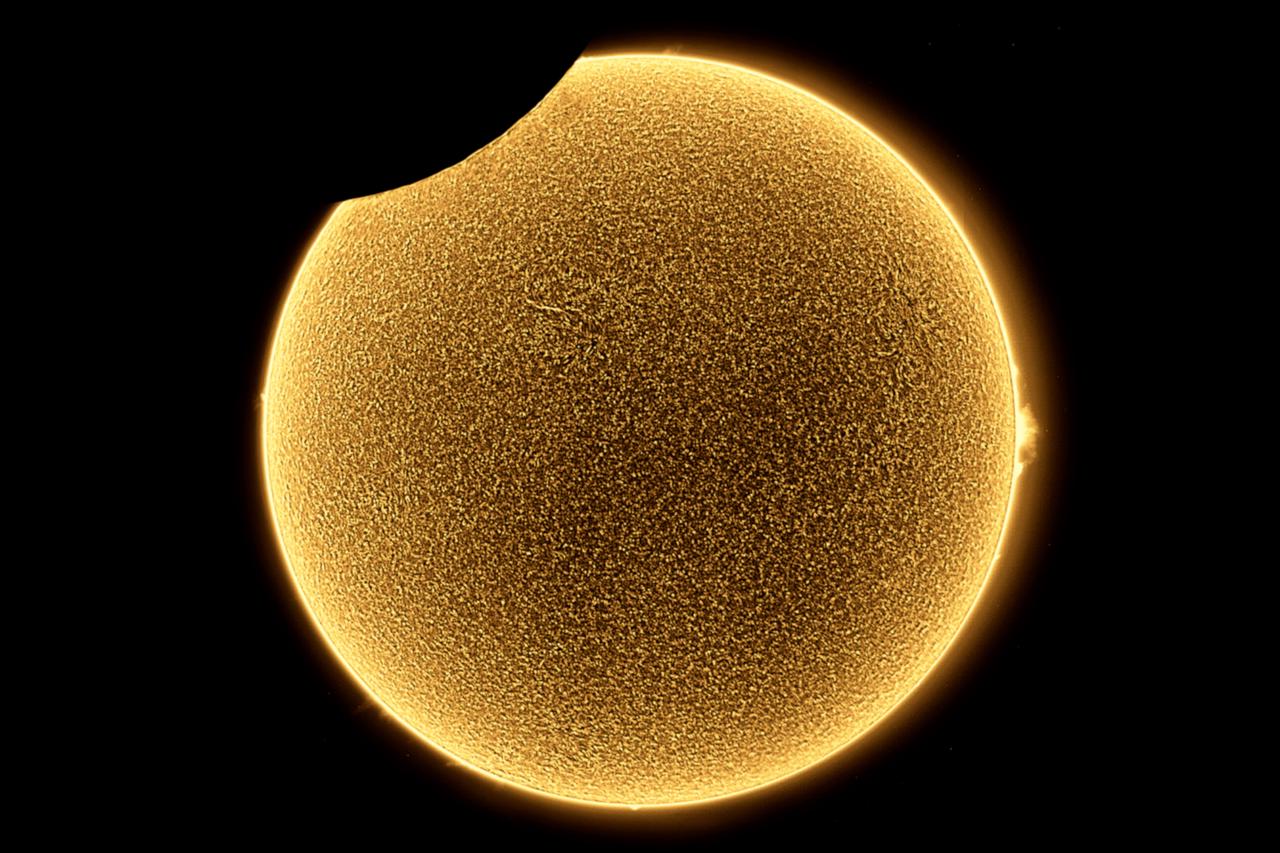
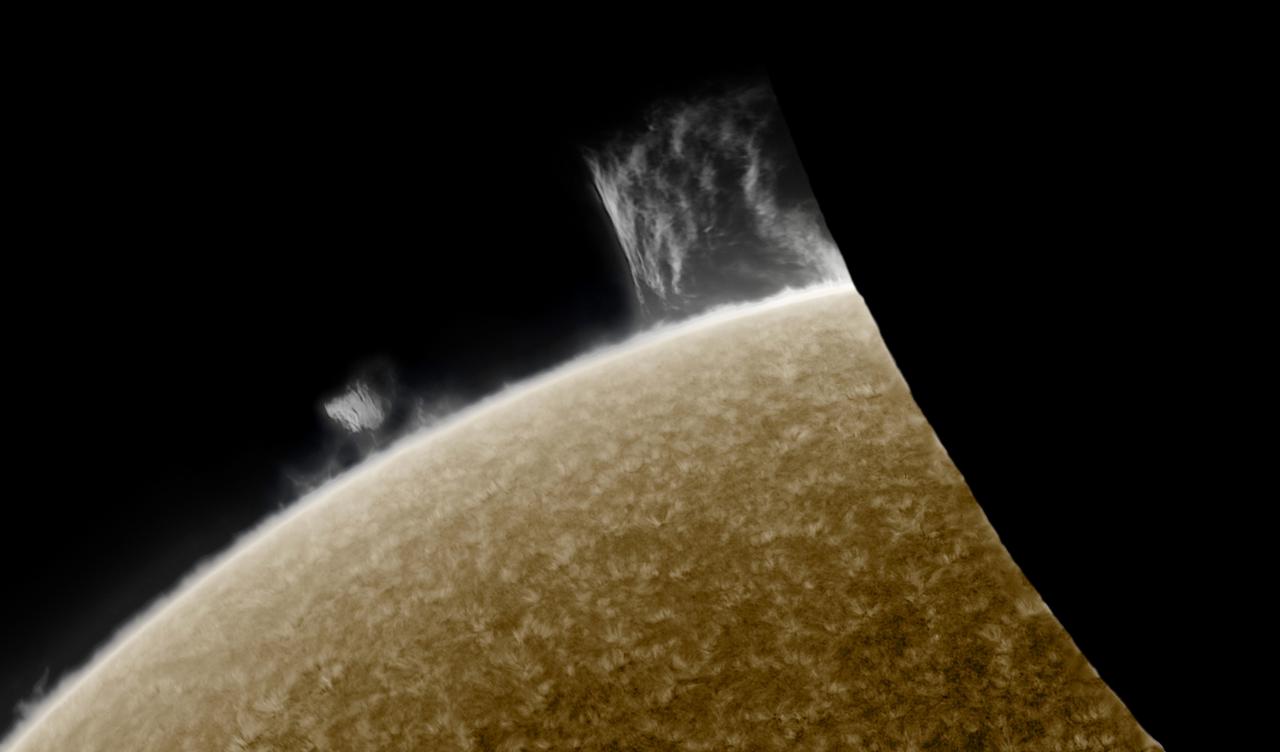
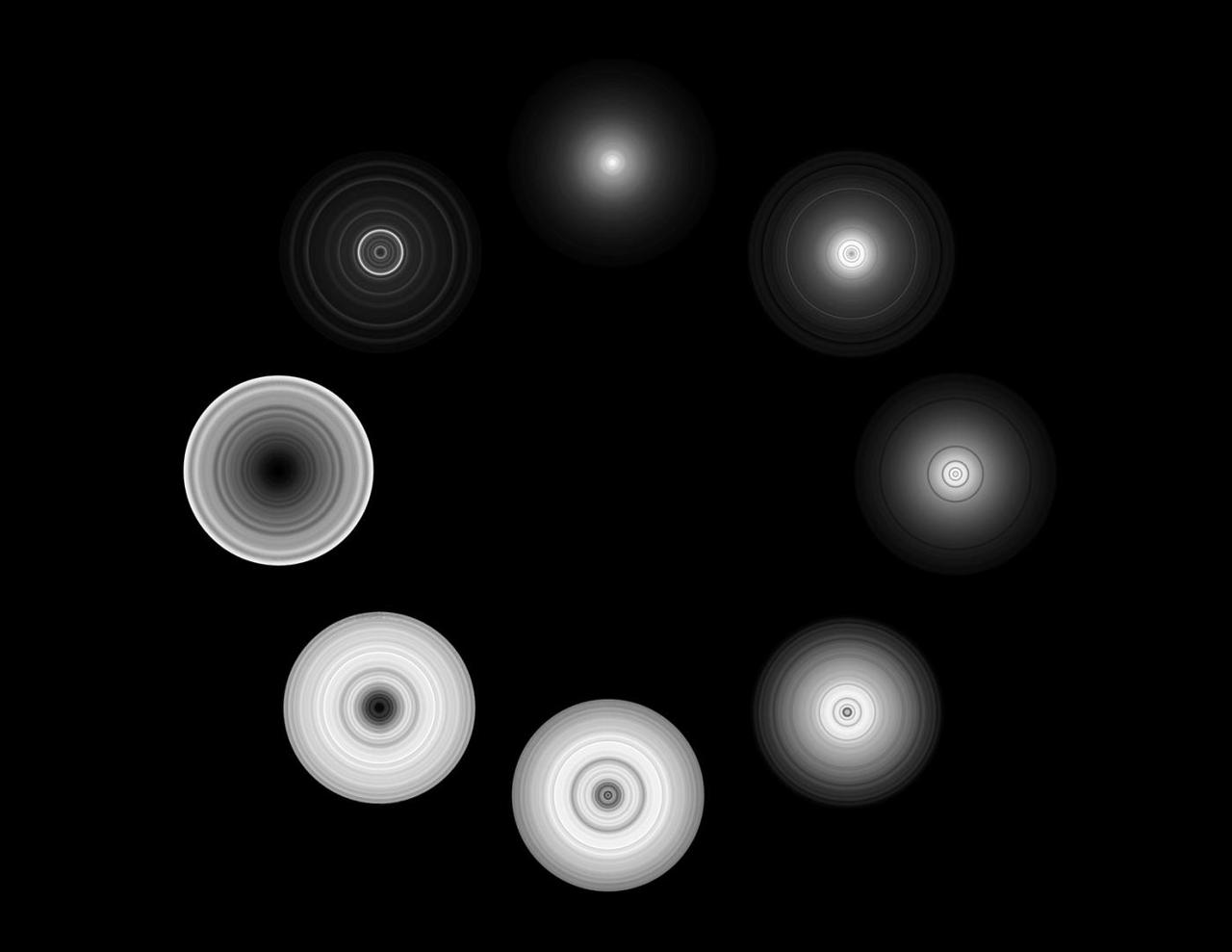
Winner of the first edition of European Astrofest 2024, first place in the “Solar System” category with a 25-panel solar eclipse mosaic.
Alessandro also leads ShaRA (Shared Remote Astrophotography), a collaborative international initiative using large remote telescopes in Chile. Over three years, it has grown into a high-performing team of more than 20 astrophotographers, many of them award-winning.
“We’re even working with 6.5-meter professional telescopes now,” he shares. The team is currently awaiting results from ShaRA#12, which focuses on a mysterious object detected in their latest session.
Instead of sticking to well-known targets, Alessandro has pushed boundaries. In the past two years, he has imaged:
Gravitational lenses: The Cheshire Cat, The Cosmic Horseshoe, and the Twin Quasar
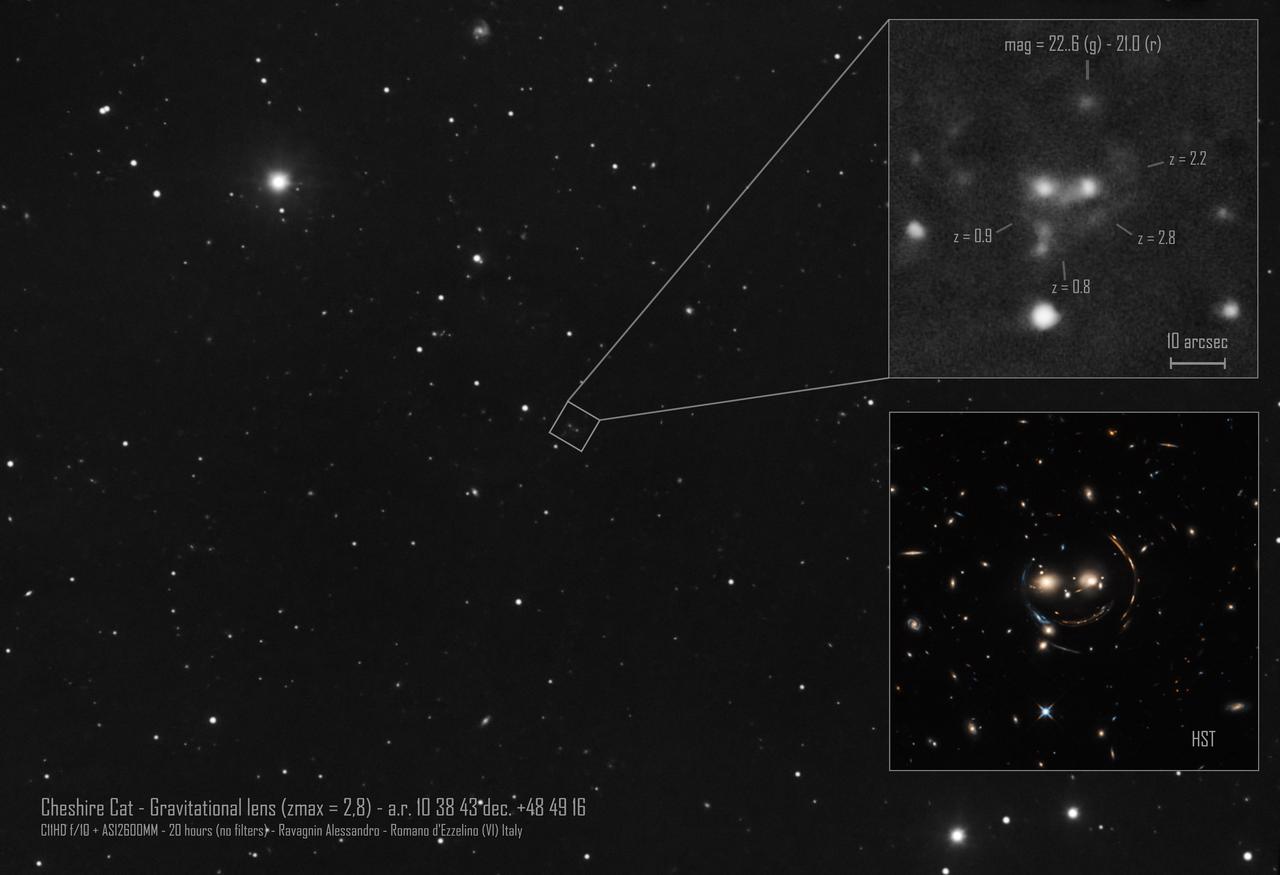
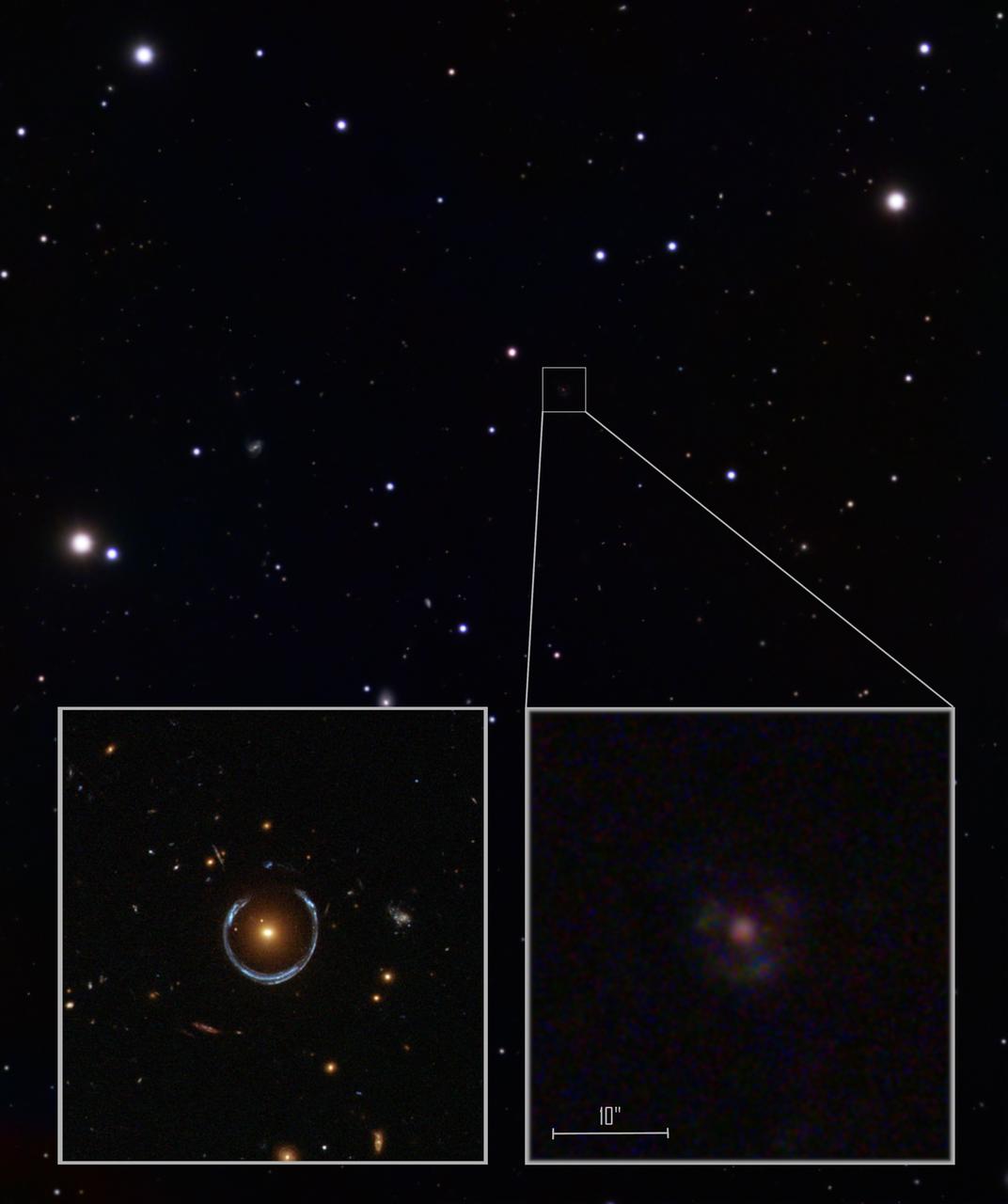
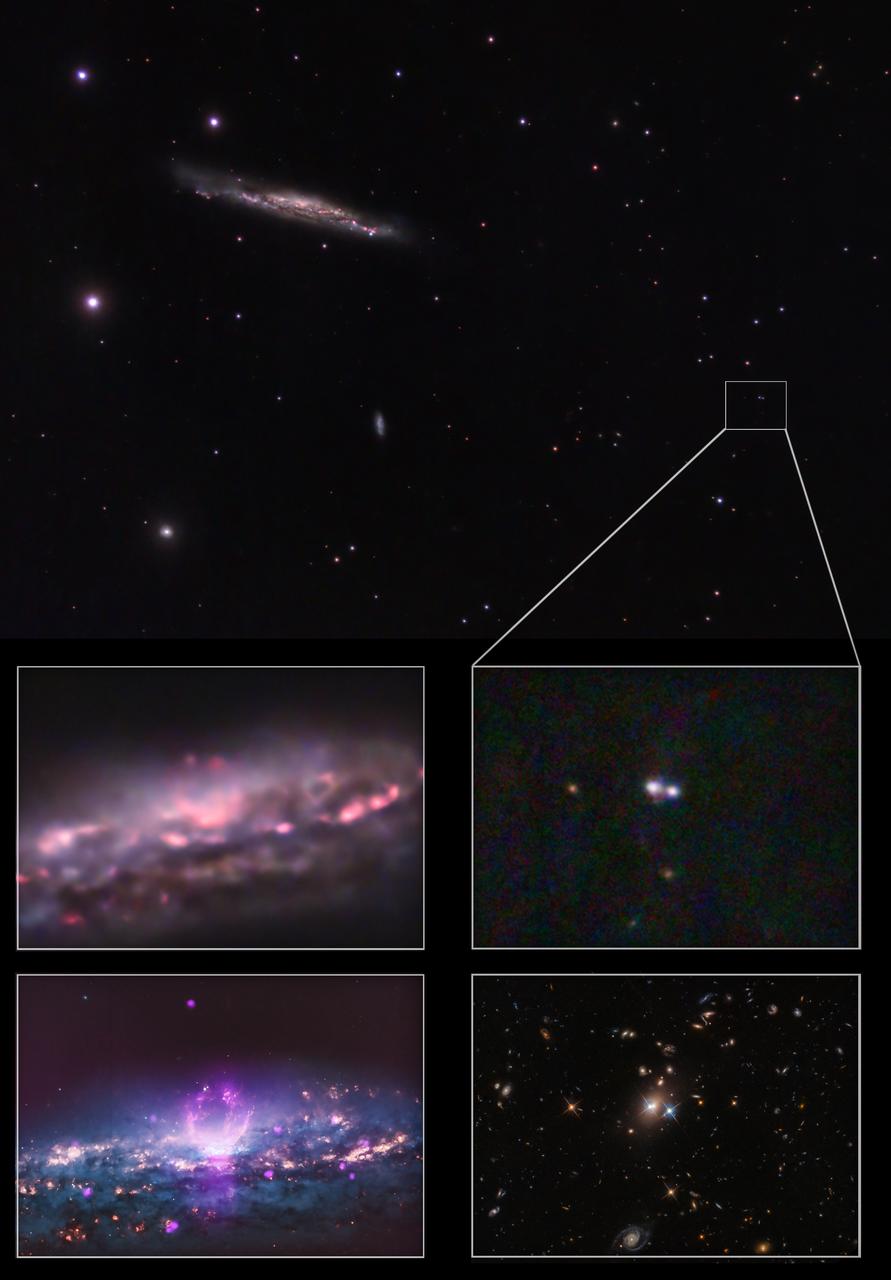
High-redshift quasars: APM 08279+5255 (z > 3.9), detecting Lyman-alpha emission
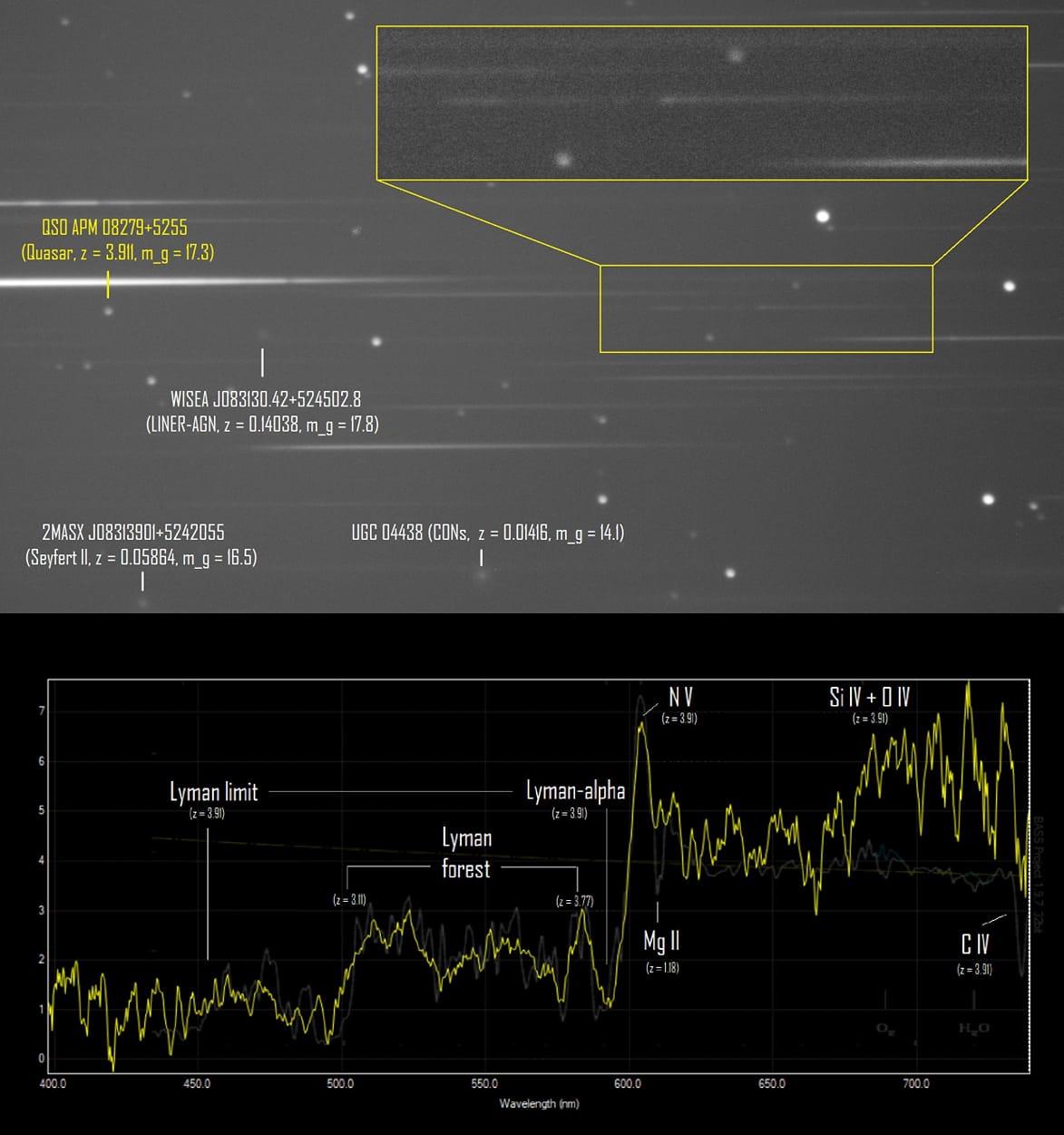
AGN H-alpha emission: Perseus A
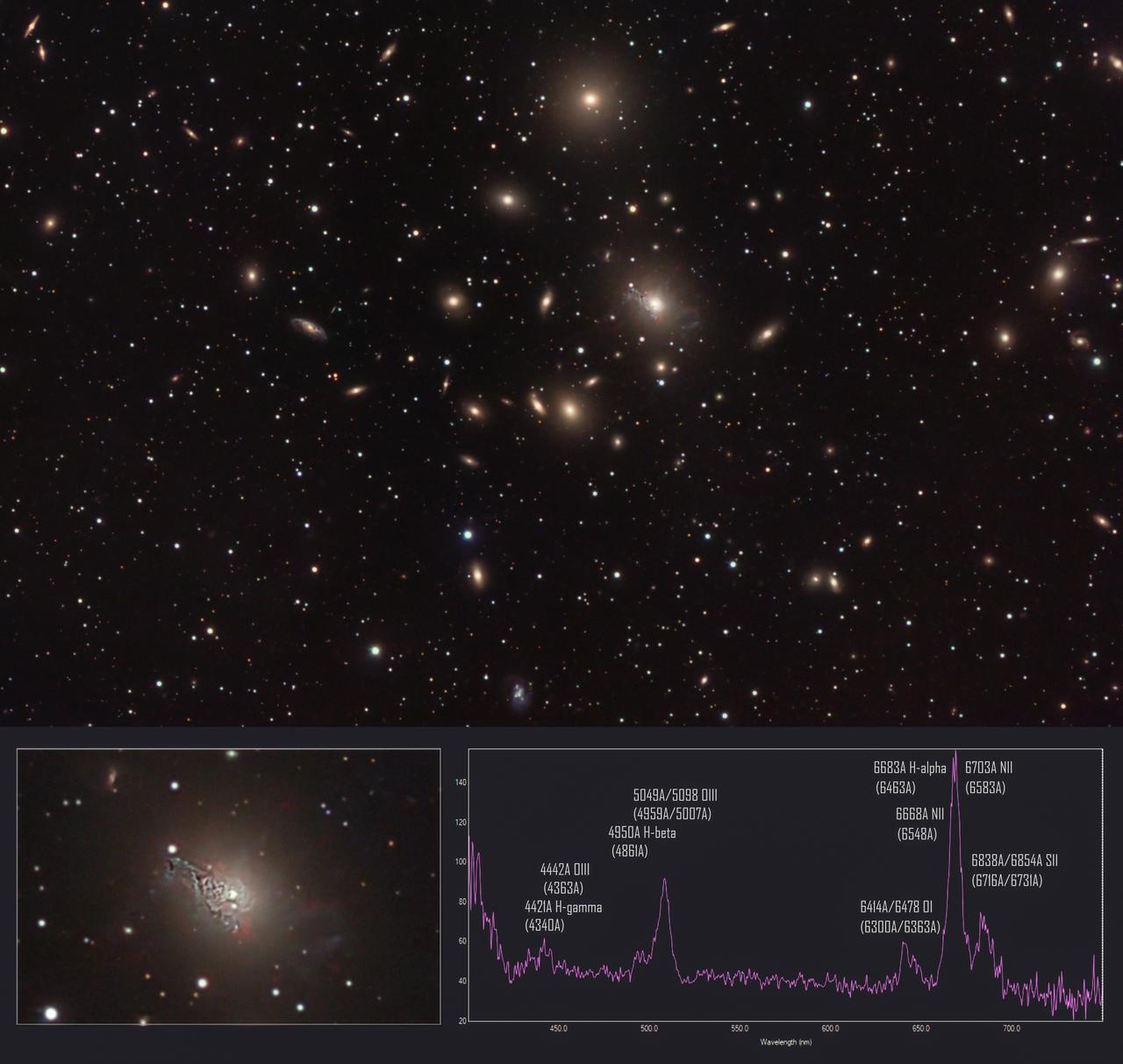
Supernovae: Including SN2023rve
Be stars and planetary nebulae via high-resolution spectroscopy

“These images may not be visually spectacular, but they’ve enriched me deeply,” he explains. “Capturing a celestial object without knowing what it is or why it appears that way is like doing only half the work.”
Currently, Alessandro is focused on observing a spectroscopic binary star and a Be star, using precision spectroscopy techniques that require careful alignment, calibration, and mechanical management.
His advice to beginners? “Nurture your passion with dedication and study. Read and understand the science. Share and learn. That’s how you grow.”
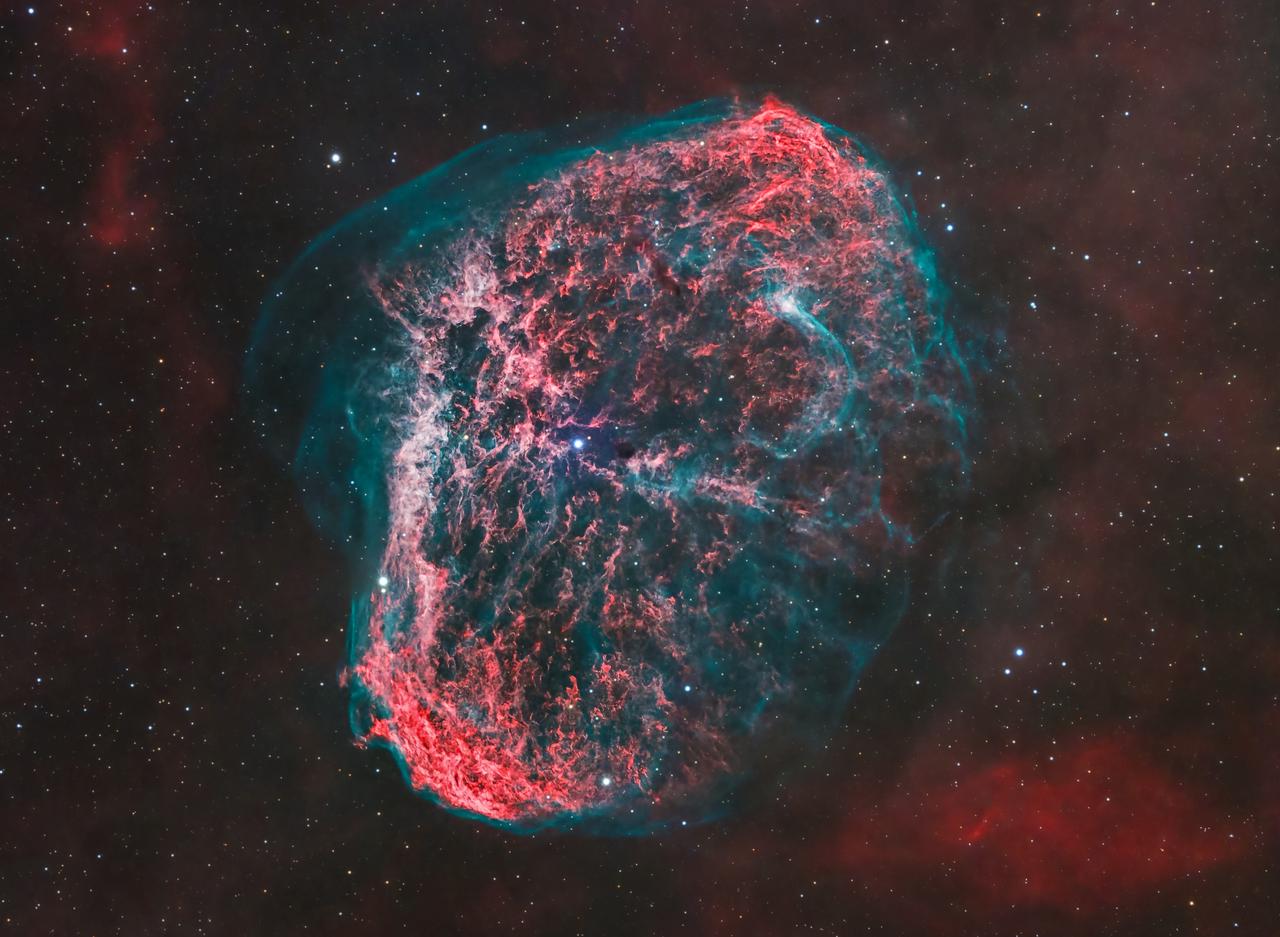
His biggest wish for ZWO? More tools in ASIImg: autofocus during sequences, a spectroscopy previewer, and image alignment tools for spectra. “I know these are niche applications,” he says, “but I can dream! Just like I do every time I find myself immersed in the stars.”

Recently, a major discovery by an international team of amateur astronomers and scientists has become a huge online hit, and this new discovery is just located in one of the
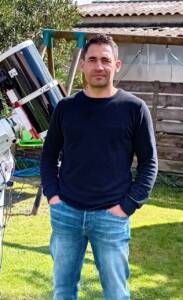
1. How It All Began For Puig Nicolas, it all started at the age of 10 with a 60/700 refractor and a 114/900 reflector. His first celestial encounters — the
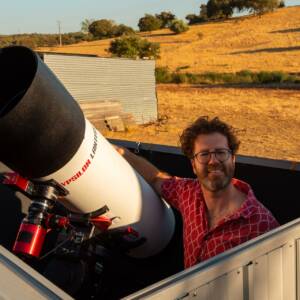
By day, David Cruz works as a digital designer. By night, he designs something far greater — images of the universe itself. “Since I was young, I was always interested
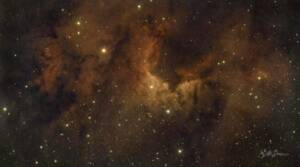
bbrown_admin, October 30, 2025 INITIAL IMPRESSIONS: The ZWO ASI585MC Air came well packaged from the manufacturer. The box is improved and has an impressive feel with a magnetic closure on
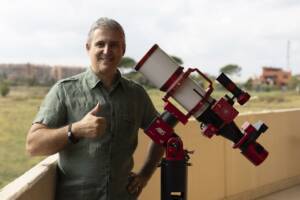
– Q3 ASIWEEK Winner Gianni Lacroce’s Astrophotography Journey Hi, I’m Gianni Lacroce, an Italian astrophotographer. My passion for the night sky began long before I owned a telescope or a
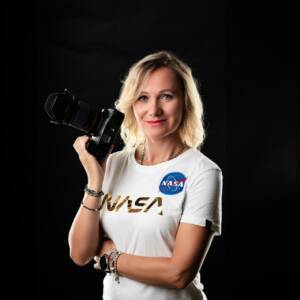
INTRODUCTION My name is Marzena Rogozińska. I live in Bytom (Poland) and work as a psychologist and pedagogue at two schools. I would like to thank you for honoring my